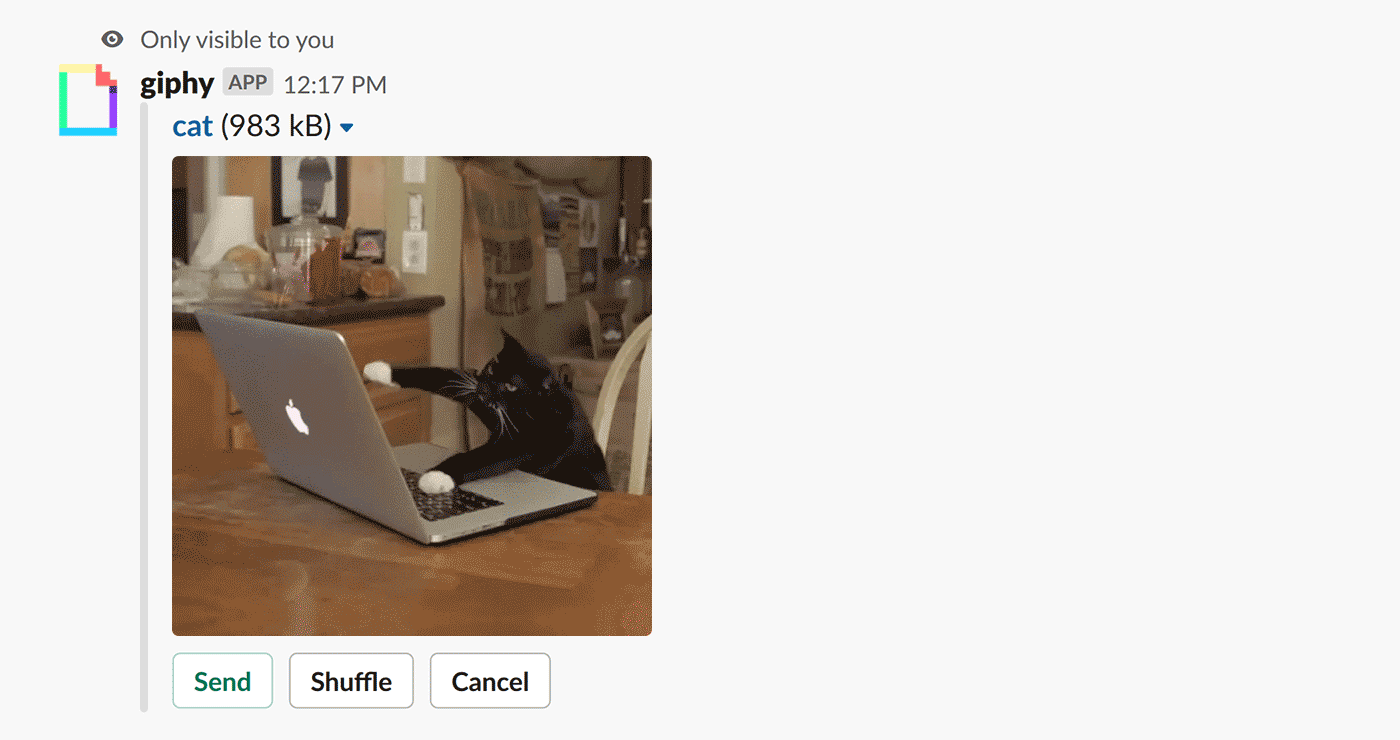
In order to find a valid Slack conversation ID, we'll use the conversations.list API method. If you really have to, then at least create a new, empty public channel within the workspace, for testing purposes. We'll remind you again - it's not a good idea to attempt the instructions in this guide with a real, living workspace. This could be any Slack conversation, but we'll use a public channel in this guide. Now we need to find somewhere within your workspace that we'll send a message. Grab this token and store it for later, as we'll use that token to make some Web API calls. On the OAuth & Permissions settings page you're brought back to, you should now see an OAuth access token available. If you had already installed your app to its original workspace before, you might still see the permissions screen if the scopes you just added weren't previously granted to your app.Īuthorize your app and you should see a success message. You'll now see a permission request screen to install your app to its original workspace.


Make sure you create the app in a workspace that won't mind you posting lots of test messages!Īfter you've done that, come back here and keep reading. If you don't have one yet, here's a very quick guide to help you create one. One thing you'll need before starting is a Slack app. This guide will help you learn a basic way to accomplish this, and show you the paths you can take to make things complex and interactive.

Give your app the gift of dialogue by setting it up to send Slack messages. Apps that only 'listen' can be useful, but there's so much more utility to explore by transforming a monologue into a conversation.


 0 kommentar(er)
0 kommentar(er)
